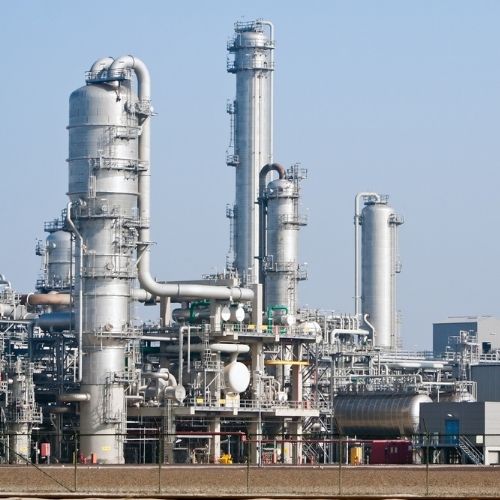FOSSIL FUELS
CNEHJ has a Nurses’ Fossil Fuels Team that is helping to educate and engage nurses about health concerns related to fossil fuels.
Let’s Start with the Good News
Early in 2022, the Los Angeles City Council unanimously voted to halt all new drilling and phase out existing drill sites. This is HUGE. LA has the largest urban oil field in the world.
The CA regulatory agency for gas/oil is considering a rule to require a 3,200 foot setback from oil wells that are in proximity to homes, schools, daycare centers, hospitals, and nursing homes.
Also early in 2022, California’s Supreme Court decided to hear a case regarding Monterey County’s vote to halt gas and oil development, which was blocked by the industry.
To track fossil fuel advocacy in California, go to the Last Chance Alliance, an organization that CNEHJ nurses are actively engaged with.
CA Fossil Fuel Facts
California is an oil drilling, refining, and combusting state:
California is the 7th largest oil producing state in the US
169 million gallons of crude oil are drilled on and off-shore annually
There are 61,000 oil wells in California, 20% of which are fracked wells
Californians consume more than 340 million gallons of oil a year – more than any other state
All of which is contributing to climate change,
air pollution, and health risks to humans and the ecosystem.
Go to this Fracking and Health Webinar for a NURSING LECTURE on fracking.
NOTE: you will have to forward the slides by pressing the arrow on the bottom left of the slides.
Living Near Oil Wells
The scientific literature is clear that living in proximity to oil wells can be hazardous to your health:
Increases the risk of LOW BIRTHWEIGHT BABIES
Increases the risk of PRETERM BABIES
Increases ASTHMA
Eye, nose, and throat irritation
Headaches
Difficulty sleeping
Seniors who live in close proximity to frack sites die earlier on average than those who do not.
Find Oil Wells in your Region and County
The FrackTracker Alliance is an environmentalist organization that has created a searchable map of gas and oil extraction sites by state. To find the searchable CA map shown to the right, go to the FrackTracker.

Petrochemicals

- Pesticides
- Pharmaceuticals
- Cigarette butts
- Syringes
- Toothbrushes
- Personal care products
- Chemical fertilizers
- PLASTICS, PLASTICS, AND PLASTICS
- And thousands of other products
Plastics
REDUCING PLASTICS, REDUCES FOSSIL FUEL DEMAND
- 80% of litter is plastic
- In 2022, more than 600 billion plastic bottles will be produced
- 50% of plastic products are single use and tossed after a few minutes of use
- A plastic bag has an average working life of 15 minutes
- Less than 9% of plastic gets recycled
- 1 million marine animals are killed by plastic pollution every year
- Packaging accounts for 40% of plastics
From extraction to disposal, plastic pollutes our communities and our environment.
Watch this great 10 minute video on The Story of Bottled Water
What’s the Deal with Microplastics?
Microplastics:
- Are fossil fuel derived
- Are plastics less than 5mm in size
- Are added to products like cosmetics, detergents, paints, pesticides, and synthetic sports fields
- Are nearly impossible to remove once released into the environment
- Are harmful to biodiversity
- Can carry multiple contaminants and hazardous chemicals
- Can get into the air we breathe, the food we eat, and the water we drink
- Have been found in human tissue
The environmentalist organization, “Rethink Plastics,” has several suggested ways how we, individually and as a society, can reduce our plastic footprint:
- Stop purchasing single-use plastic items and instead reuse and recycle
- Make manufacturers responsible by design by instead using plant-based formulations and other non-fossil fuel derived formulations.
- Support policies that support eco-design
- Improve plastic recycling – improve collection, monitoring, and discourage the use of virgin plastic in manufacturing
MADE SAFE and the Plastics Coalition developed this Healthy Pregnancy Guide to make it easy for expecting parents to:
- Learn about the toxic chemicals found in plastics and other common items
- Find tips to reduce plastic use during pregnancy
- Gather ideas to avoid other common toxic chemicals
- Get safe product recommendations
The guide contains a wealth of useful information and for ease of use is organized by areas of your home and your daily routine, including:
- Kitchen & diet
- Cleaning & laundry
- Bathroom
- Personal care
- Household
- Outdoors
- Self care



